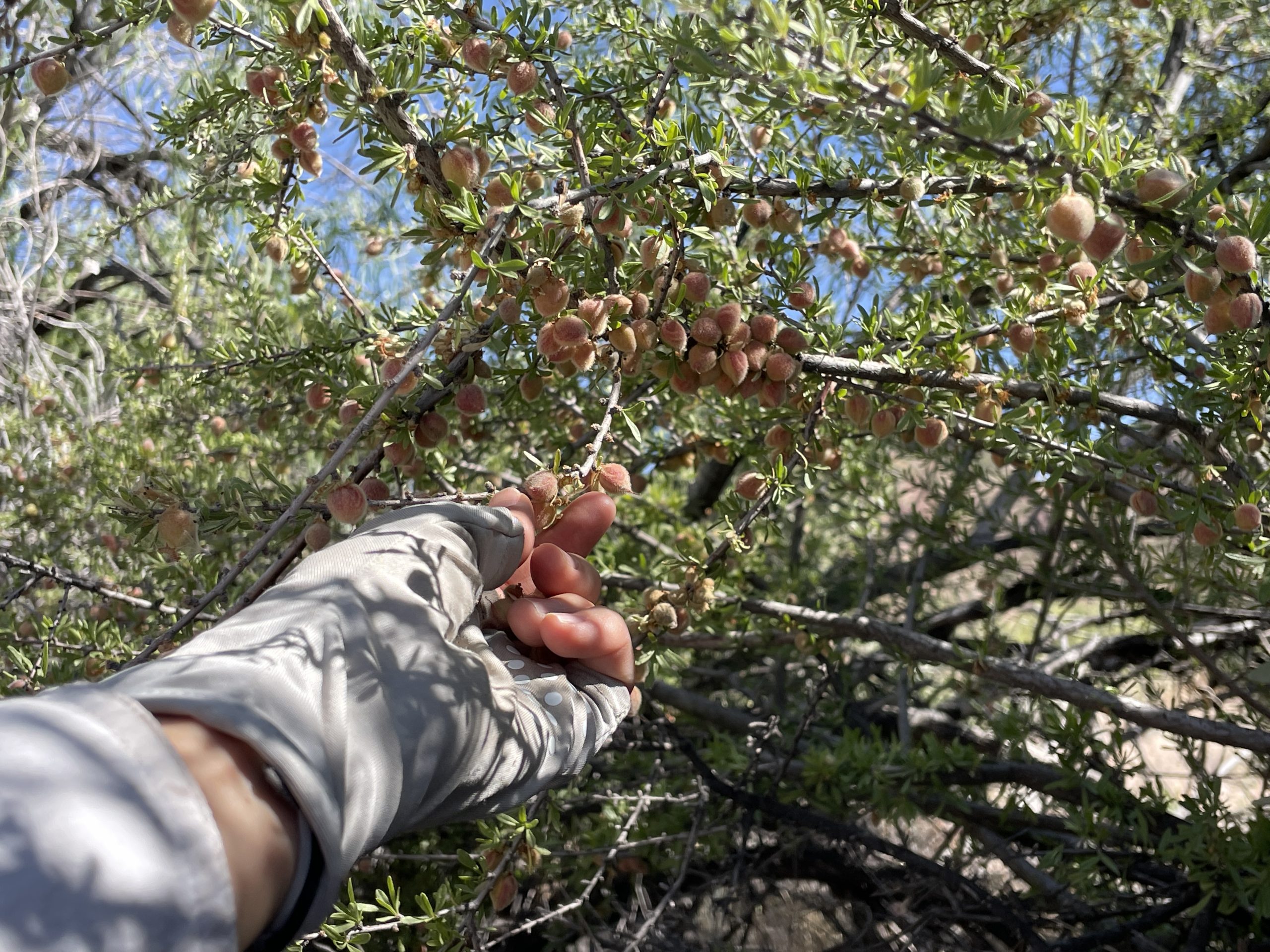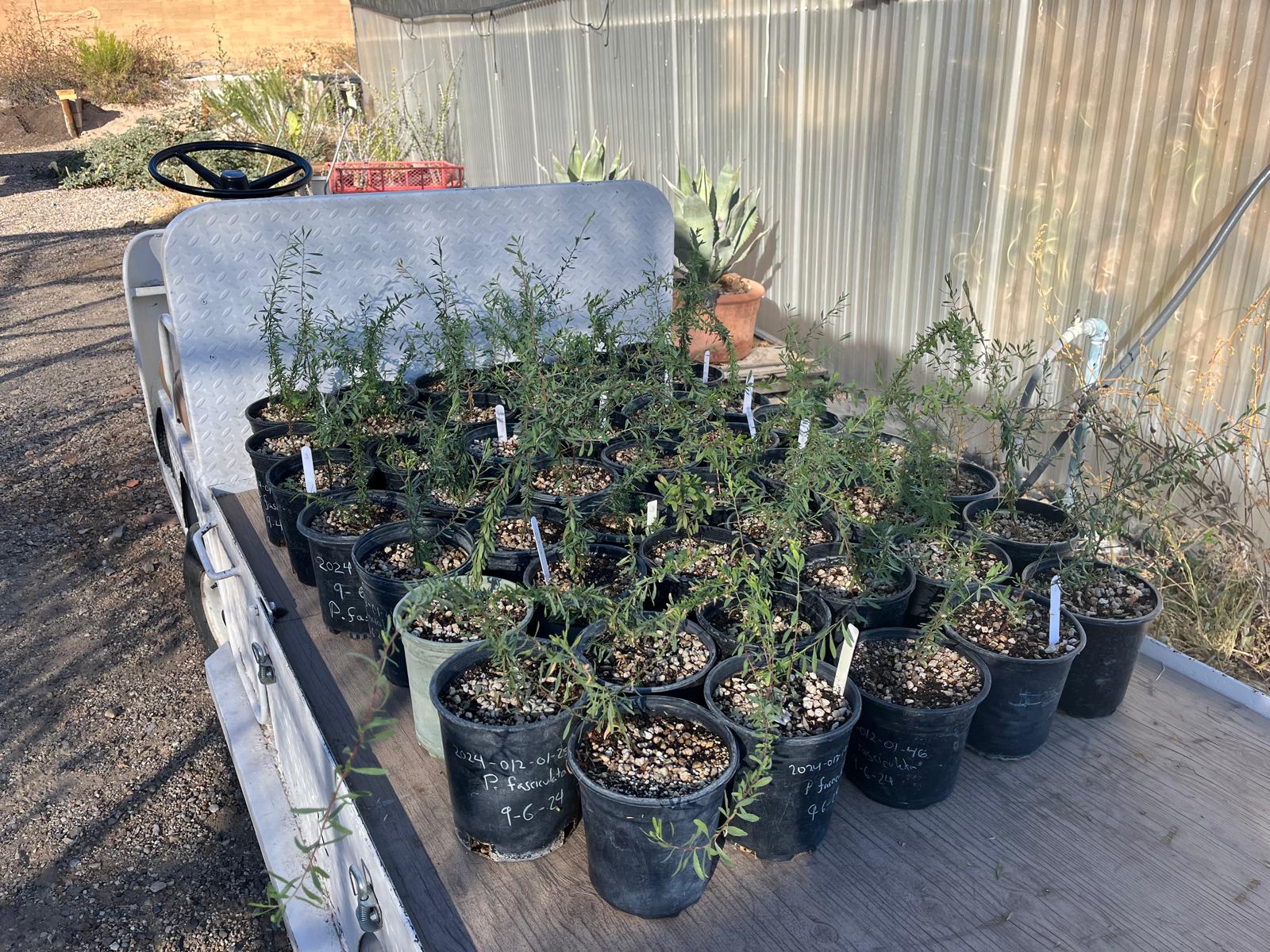Enhancing ex situ conservation of arid-adapted species, USA

-
Status of project
Completed -
Region
North America -
Country
United States of America -
Programme
BGCI-US -
Workstream
Saving Plants -
Topic
Plant Conservation
In partnership with: The United States Botanic Garden and BGCI-US via North American Fruit and Nut Tree Crop Wild Relative (NAFANT CWR)
Project Completed: 2023
Institution: Arizona-Sonora Desert Museum (ASDM)
Enhancing ex situ conservation of arid-adapted fruit and nut tree crop wild relatives in the Southwestern United States
Introduction
A conservation gap analysis revealed that several arid-adapted fruit and nut crop wild relatives are insufficiently conserved ex situ. These species, important for their genetic traits related to heat and drought tolerance, are critical to food security and crop improvement but are poorly represented in germplasm banks and living botanical collections.

Project Goals
The main objectives were to strengthen the ex situ conservation of priority species by backing up existing collections, collecting new wild-origin material, improving climate matches between source regions and botanical institutions, and distributing genetic material across multiple sites to increase resilience and redundancy.
This effort targeted four taxa: Diospyros texana, Prunus andersonii, Prunus fremontii and Prunus fasciculata var. fasciculata

Key Achievements
ASDM assessed the status of ex situ collections of the four target species and identified gaps in genetic representation, redundancy, and climate suitability. The team backed up accessions of Prunus andersonii and Prunus fremontii and made new ex situ collections in Arizona for the desert almond, Prunus fasciculata. Fieldwork led to successful scouting of Prunus fasciculata var. fasciculata populations in four ecoregions, including the Mojave Desert–Colorado Plateau transition, Apache Highlands, Mojave–Sonoran Desert transition, and Sonoran Desert. Herbarium vouchers were made across the five regions and over 5,000 seeds across 50 maternal lines were collected from Kofa National Wildlife Refuge in the Sonoran Desert.

Seeds from Prunus fasciculata var. fasciculata were added to ASDM’s seed bank, propagated for living collections, and distributed to partner institutions including The Huntington, San Diego Botanic Garden and the USDA National Plant Germplasm System where they are accessioned and made available to researchers and the public through the GRIN-Global database. Propagated plant material was distributed to Mission Garden, Tohono Chul Botanic Garden, and Boyce Thompson Arboretum. These steps have significantly increased the security and accessibility of genetic material from this vulnerable species.